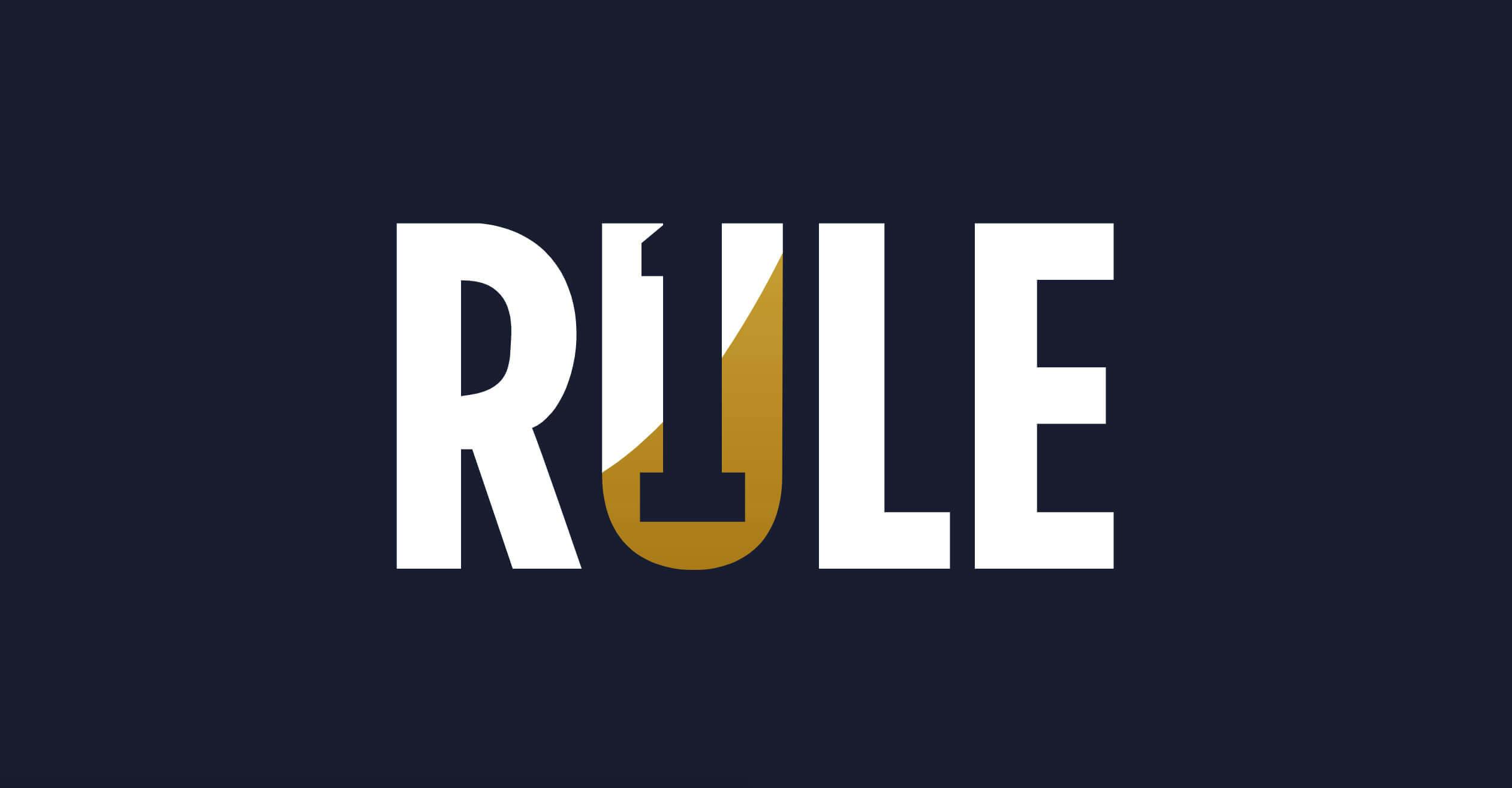I've thoroughly enjoyed your book and I'm anxious to get started. I've been a buy and hold/diversify guy for years, and I have paid a big price for that. But I'm now ready to take more control.
Anyway, I currently own Starbucks which, in spite of the market ups and downs, has ultimately been very good to me. I purchased it in '95 and it has been far and above the best performing individual stock I own.
As a way of getting some practice with the numbers and to determine the current sticker price (when I see a Starbucks right across the street from another one, I wonder how much more can they grow?), I came up with the following. (All from MSN/Money as you direct in your book.)
*Equity Growth based on current BV/S- 3.15 from initial BV/S (9/96) of.73. (It dropped from '04 to '05 as did Free Cash Flow.)
Sticker price calcs:
Current EPS: .70
Estimated EPS Grwth: 16%
This is where I got a tad confused. I did go conservative, as you suggest.
Historically, the 10 year Equity growth rate has been about 16% with a drop from '04 to '05 (the 5 year was 12%).
EPS growth and Sales growth have remained strong, about 25%.
Analysts predict 21.6% (5 yr) EPS growth going forward.
But going with the lower, "Rule #1" number, I think, would put me at 16%. Slower growth ahead doesn't seem out of the question.
Est. Future PE: 32 (16x2)
Again, the historical PE averages out to 41. But going with Rule #1, I went to the lower PE. (Current PE is about 50.)
Future Market Price: 84$
16% is close to %15, so two doubles in 10 years. Therefore, EPS 10 years from now will be about $2.80. (.70 doubled is 1.40. 1.40 doubled is 2.80)
So $2.80 x 32(PE) = $84. STICKER PRICE: $21 (84 divided by 4 -to ensure min. ROR of 15%)
In the low 20s, in any event.Current Price is around $35. Am I being accurate and, therefore, SBUXis way overpriced, or are my numbers skewed too conservatively?
That estimated future EPS growth number seems to be the tricky one.
How did I do?
Best,
John Z.
My response:
Hi John,
I like SBUX a lot. They seem to keep finding ways to grow, but figuring out a reasonable growth rate for them is tougher as they get more and more stores open. I looked at the number of analysts who follow them and all nine of them are willing to believe in at least a 20% growth rate for the next five years.
But what about your excellent logic regarding the lower equity growth rate number? That is, after all, the best indicator of future growth rates that we can get.
First, whenever I see a significantly lower equity growth rate than EPS growth rate, the first thing I check is the Cash Flow page to see if the business has been paying out its equity as a dividend. Just look at the Dividend line on the Cash Flow page and it will tell you if the money has been paid out instead of held onto.
Maybe that's why SBUX growth rate is lower... But in this case, SBUX pays no dividend, so that ain't it. (If it did, I'd add up all ten years quick and dirty and add that number to the 2005 equity to get a better sense of the growth of surplus capital.)
So it's 16%. Should we use that as the overall growth rate for the future? I'm tempted. Here's why:
Notice that SBUX borrowed like a bazillion dollars last year (debt on the balance sheet) and then used it and a bunch of other cash to buy stock (stock repurchase on the Cash Flow sheet).
What that tells you is that Howard Shultz, the CEO, thinks that the stock is so cheap that it's a better use of surplus capital to buy back pieces of the business than to invest the money in growth.
Interesting decision. What you, as the owner, have to decide is whether Shultz is doing you a favor or screwing you.
Let's say he's okay with that 20% number. Let's do the valuation thing as if we're him:
Current EPS: .70. We put the PE at 40 and that gets us a Sticker of $42 if we want a 15% return on our investment. (Use my MOS Calculator to do this quickly.) Which is pretty healthy.
Howard notices that the stock is selling for $35. He looks at a billion dollars and thinks, "Hmmm, if I spend this on growth by building more stores, it's going to go down as capital expense and hurt free cash flow. On the other hand, if I simply buy back stock, free cash flow stays high and I get a 20% bump up in real return immediately (since I paid $35 for something worth $42)."
In effect, every time Howard can spend your money to buy the stock below its intrinsic value, he should probably do that, since that's a guaranteed instant return on investment (as long as he doesn't really need the bucks to grow at the basic 20% rate). Beats the heck out of declaring a dividend.
Bottom line: When a CEO as smart, honest and owner-oriented as Howard Schultz is buying back stock, our valuation of $42 is probably a very reasonable one... which means putting the 16% growth rate on there is probably handicapping SBUX too much. I'd feel good with a higher growth rate at this point.
Now go play.
Phil
P.S. And with a price of $35 in the market, we're still in Buy mode when the big guys move back in. But be prepared for a lot of sideways in and out trades as this one wallows up toward the Sticker Price of $42. And you do need to know why the analysts think this can keep growing at 20% or better. I'd listen to the latest analysts' teleconference and read the chairman's letter to see if I get some clues.

